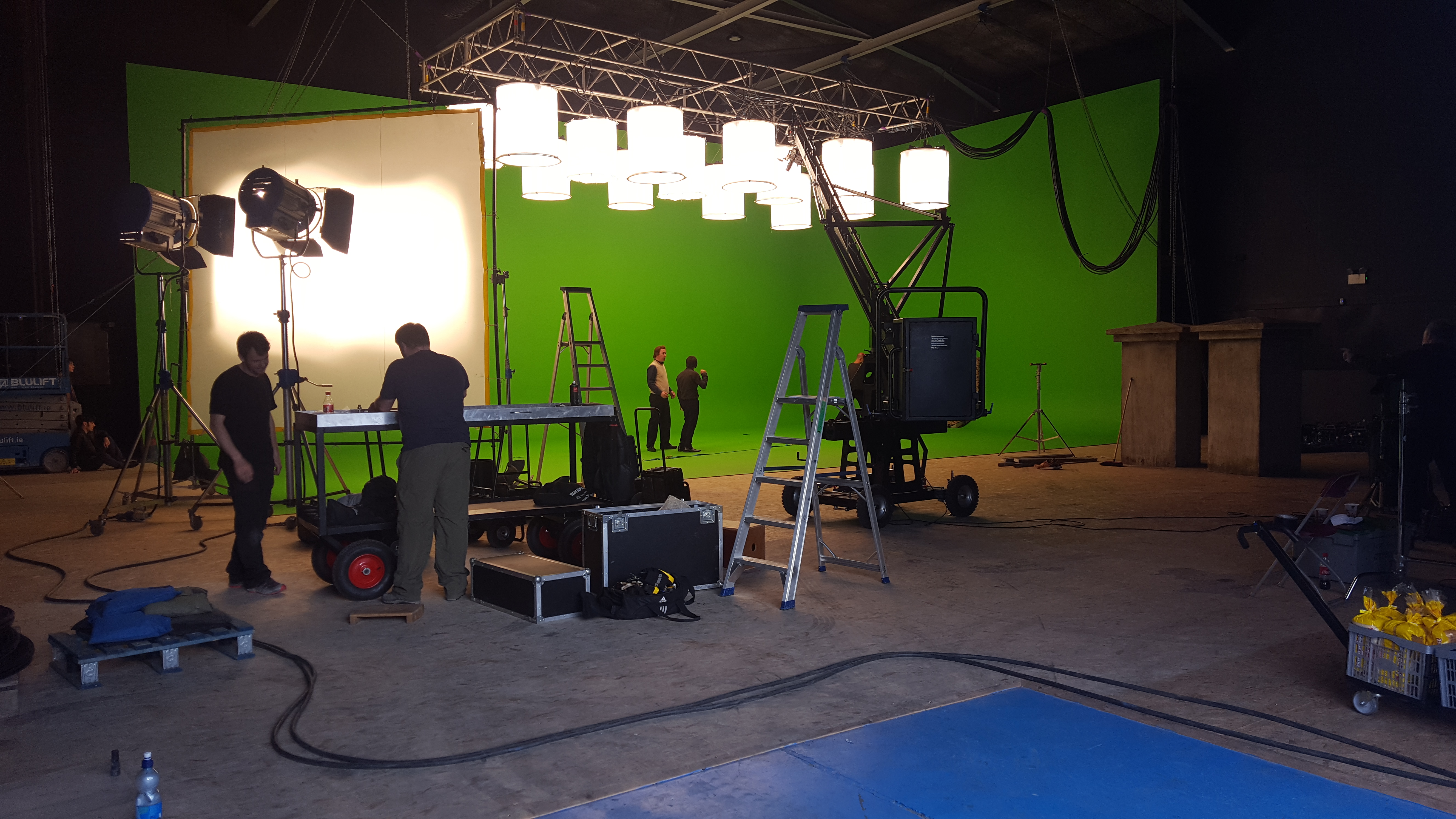THE MAKING OF THE BALLYMURPHY PRECEDENT

One of the reasons so few people had heard of the massacre at Ballymurphy is that, unlike Bloody Sunday, it was never filmed. This presented a real storytelling challenge. The director had to find a way of showing what happened – and how each victim died – in a way that was forensically accurate, that was sensitive, respectful and not gratuitously graphic but equally did not sanitise the horror and tragedy of the events.
The team collected a huge amount of testimony and evidence from witnesses, previously unexamined soldiers statements, official claims by the MOD and army commanders. They also had access to original autopsy reports which described the nature of the wounds, and in many cases the clothes the victims were wearing. But there were other important considerations if the events were to be described accurately. The locations had changed considerably since the original events. Some buildings had been demolished and open fields where the shootings occurred had been built over. Bringing all these elements together in a way that would be both sensitive, impactful and accurate required a truly innovative approach.
Macrae’s solution was inspired by modern drone footage showing US attacks on ISIS and Al Qaida targets; footage which is often simultaneously dispassionate and clinical, but disturbing. He set about creating reconstructions of the killings as they would have looked had such drone technology existed in the early seventies.
To recreate the locations as they were at the time, he shot drone footage of the locations today, and then, using town planning and OS maps from 1971 he used CGI in conjunction with the contemporary drone footage to recreate the locations. Onto that he composited live action reconstruction filmed on a green screen studio from a crane. These sequences, carefully labelled as reconstructions, were run in slow motion to allow the witness and relatives’ testimony to be overlaid, along with sparse narration. By filming in a dispassionate, largely static, way from above, he avoided gratuitous depictions of wounds and suffering.
Another remarkable aspect of the story is that the relatives of those who died had remained largely silent and isolated for two decades before they got together and began to challenge the official story and prove the innocence of their loved ones. As they explain in the film, the climate of fear and sectarian violence meant they grieved in isolation, fearful of speaking out.
So the aim of the film-makers was to put the story and testimony of the relatives (at once painful, moving and dignified), at the heart of the film, while at the same time ensuring that the journalism was of the highest standard and that the evidence was subjected to the most rigorous, forensic, examination.

